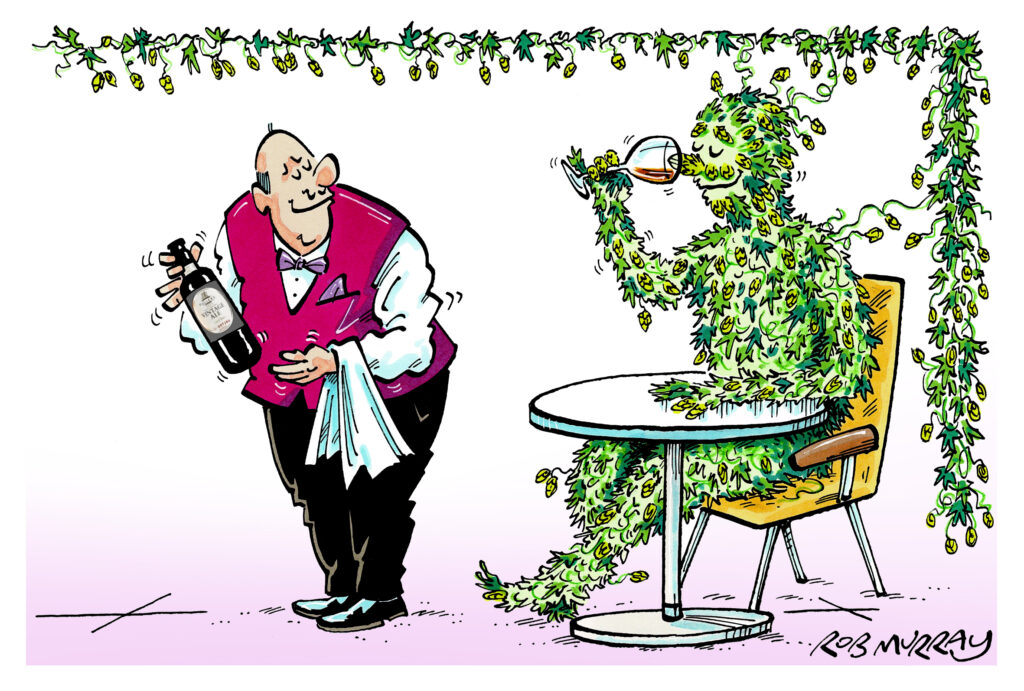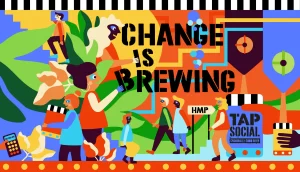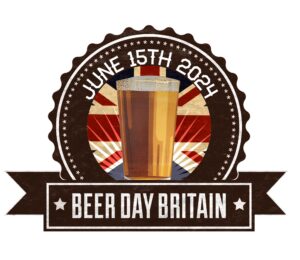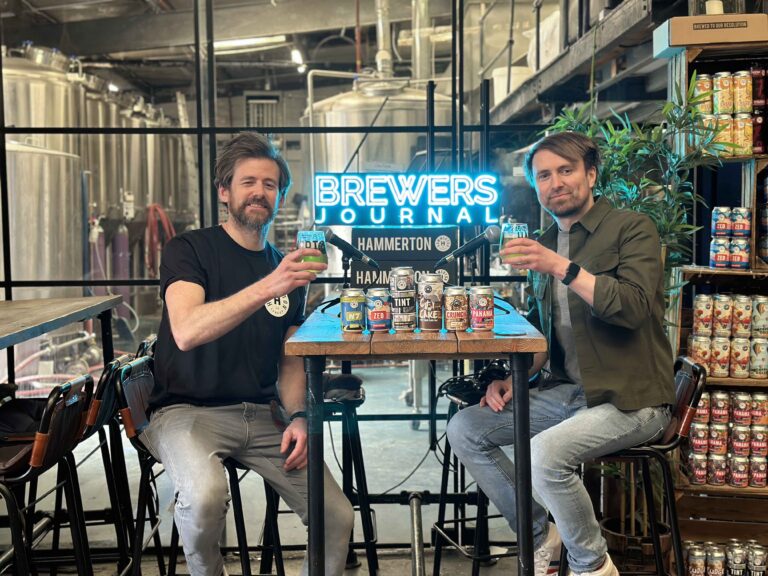In his previous column, John Keeling shared his experience at Fuller’s and how that expertise led to the launch of a modern classic in the brewery’s Vintage Ale. In this concluding column, John explains how that seminal beer has evolved and developed over the years.
If you remember from Part 1, I explained how Fuller’s re-discovered the lost art of bottle conditioning. How we refined and perfected it for Fuller’s beers. This was all done by brewing and bottling one beer; Fuller’s 1845. During 1996 and into 1997 we had been discussing new beers at our monthly new product development meeting and an idea first mooted by our marketing team of brewing a beer which would have the attributes of a wine and to be brewed once per year.
This beer was to be called Vintage Ale.
Reg Drury, the brewing director, thought the beer should be a bottled-conditioned version of our barley wine, Golden Pride. But the question was how could we make this special. Easy… we would buy the best barley and hops that were available each year and use them to make a one-off beer. It was easy because what had been a problem for Fuller’s was now a problem for our maltsters and hop merchants.
To solve it they had to buy the barley and hops that won the annual best of crop competitions. This they did and, without them, Vintage ale would never have been brewed. It was truly a team effort from Fullers brewing and marketing teams, the hop merchants and the maltsters. Thus, Fullers Vintage Ale 1997 was born.
By manipulating our normal party gyle recipe we were able to brew an 80-barrel brew of Golden Pride. So, by using the champion barley (turned into best pale ale malt of course) and the champion hops, we brewed an 80-barrel one off beer called Vintage. Later on, Vintage became so popular we brewed a 120-barrel version, then we doubled that and eventually Vintage was a 400-barrel brew.
I took over from Reg in 1999 and I became responsible for Vintage Ale. After a couple of years, it became increasing difficult to acquire the champion barley. They then stopped the barley competition, so we had a dilemma. How did we continue to make the beer special? Number one: it was obvious by bottle-conditioning and introducing aging to the beer that the beer was already special however what ingredients should we use.
I decided that we should start introducing different barley and hop varieties each year to give added interest. We could find out how different hops age etc. This seemed both a challenge and an attraction for our brewers. It made them think more deeply about the brewing process including the ageing part.
I have always thought that the process, packaging, the specifications, the quality, standards and values are more important than the recipe. By having all these right and under control it enables the brewer to experiment in a controlled way rather than throwing everything at the wall and seeing what sticks.
“I have always thought that the process, packaging, the specifications, the quality, standards and values are more important than the recipe,”
John Keeling
Brewing London Pride consistently day after day was a massive challenge for me and the brewing team. By introducing a different challenge like Vintage Ale, which enabled them to experiment in a way we couldn’t with Pride, gave us a fresh challenge that made it even more welcome.
We did not think that this beer would make people sit up and take notice. We thought that a small group of strong beer fans might take to it but how wrong we were. It caused many people to rediscover the joys of bottle conditioning and ageing. So many that we decided to hold a vertical tasting of all the Vintages we had (I think it was about 10 different years). We were overwhelmed with people who wanted to attend, and the Hock Cellar was full for that tasting. Through the years we did several more verticals which were all immensely enjoyable.
So, when Asahi asked me to co-host alongside Guy Stewart (the current head brewer) I leapt at the chance. Now Guy has been responsible for the last two Vintages, and he asked me along to taste them both in process and in final package. Now both are very fine examples of Vintage Ale and I have every confidence that they will age well but the thing that impressed me was how Guy and his team have taken to the philosophy of the Vintage and stamped their own character on it.
So, on September 23rd last year I went back to the brewery to help with the vertical tasting of six Vintage Ales they were 2021, 2016, 2011, 2006, 2002, 1997. A few beer writers were in attendance, and I had a great time chatting to Pete Brown, Tim Hampson and John Porter before the event.
However, it soon became time to start the event, I was just hoping that all the beers would be on good form and that the fine people at Asahi would realise just what an important beer Vintage is. I needn’t have had any worries about anything all the beers were excellent (although a special shout out for the 2011), and Asahi loved the event and the beer, so all is well in my universe.
In fact, so emboldened was I (well I was drinking 8.5% beer) I suggested that we should take this tasting out on the road and maybe visit Edinburgh, Manchester, Leeds etc.
I hope they do.









